Related Research Articles
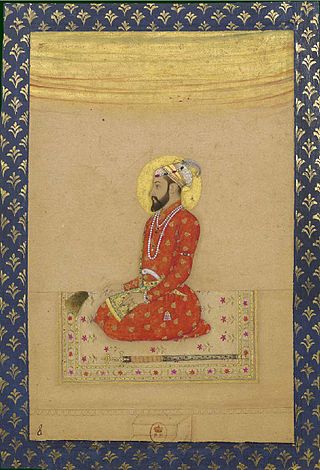
Mirza Muhammad Mu'azzam, commonly known as Bahadur Shah I and Shah Alam I, was the eighth Mughal Emperor from 1707 to 1712. He was the second son of the sixth Mughal Emperor Aurangzeb, who he conspired to overthrow in his youth. He was also governor of the imperial provinces of Agra, Kabul and Lahore and had to face revolts of Rajputs and Sikhs.

Dara Shikoh, also known as Dara Shukoh, was the eldest son and heir-apparent of the Mughal emperor Shah Jahan. Dara was designated with the title Padshahzada-i-Buzurg Martaba and was favoured as a successor by his father and his elder sister, Princess Jahanara Begum. He had been given the title of 'Shah-e-Buland Iqbal' by Shah Jahan. In the war of succession which ensued after Shah Jahan's illness in 1657, Dara was defeated by his younger brother Prince Muhiuddin. He was executed in 1659 on Aurangzeb's orders in a bitter struggle for the imperial throne.

Mirza Abu'l Fayaz Qutb-ud-Din Mohammad Azam, commonly known as Azam Shah, was briefly the seventh Mughal emperor from 14 March to 20 June 1707. He was the third son of the sixth Mughal emperor Aurangzeb and his chief consort Dilras Banu Begum.
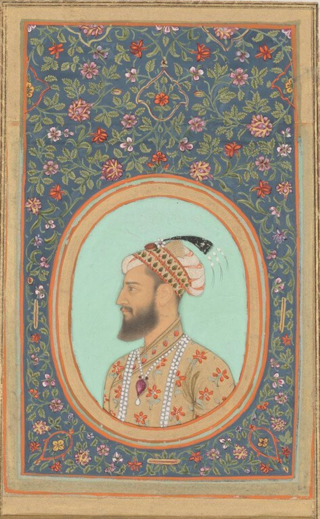
Mirza Muhammad Kam Bakhsh was the youngest son of Mughal emperor Aurangzeb, born to his wife Udaipuri Mahal.
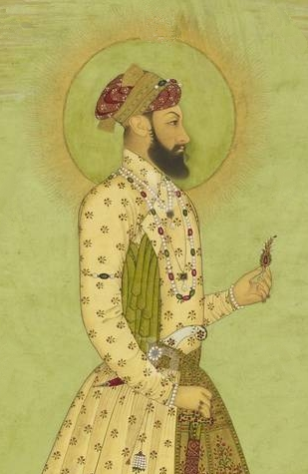
Mirza Azim-ush-Shan was the second son of Mughal emperor Shah Alam I, by his second wife, Amrita Bai, Princess of Kishangarh. He was the great grandson of Emperor Shah Jahan and the grandson of Emperor Aurangzeb, during whose reign he was the last subahdar (viceroy) of Bengal Subah, Bihar Subah and Orissa Subah from 1697 to his death in 1712.

Dilras Banu Begum was the first wife and chief consort of Emperor Aurangzeb, the sixth Mughal emperor. She is also known by her posthumous title, Rabia-ud-Durrani. The Bibi Ka Maqbara in Aurangabad, which bears a striking resemblance to the Taj Mahal, was commissioned by her husband to act as her final resting place.

Jahanzeb Banu Begum, popularly known as Jani Begum, was a Mughal princess and the chief consort of Muhammad Azam Shah, the heir-apparent to Emperor Aurangzeb, who briefly became Mughal emperor in 1707.
Zinat-un-Nissa Begum was a Mughal princess and the second daughter of Emperor Aurangzeb and his chief consort, Dilras Banu Begum. Her father had conferred upon her the honorable title of Padshah Begum.
Zubdat-un-Nissa Begum was a Mughal princess, the third daughter of Emperor Aurangzeb and his wife Dilras Banu Begum.
Mihr-un-Nissa Begum, meaning "Sun among women", was a Mughal princess, the fifth daughter of Mughal Emperor Aurangzeb and his consort Aurangabadi Mahal.

Rahmat-un-Nissa, better known by her title Nawab Bai, was a secondary wife of the Mughal emperor Aurangzeb. She gave birth to Aurangzeb's first two sons, including Bahadur Shah I, who became Mughal emperor in 1707. Nawab Bai was unpopular at the Mughal court and lost her husband's favour quite early on in her life while the misconduct of her sons, Muhammad Sultan and Muhammad Muazzam, embittered her latter life. She died in 1691 in Delhi after long years of separation from her husband and children.
Aurangabadi Mahal was a consort (concubine) of the Mughal emperor Aurangzeb.
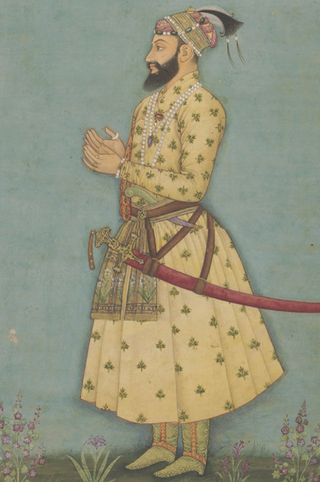
Mirza Muhammad Sultan was the eldest son of Mughal emperor Aurangzeb and his second wife Nawab Bai. His younger brother Muazzam later became Emperor as Bahadur Shah I in 1707.
Sahiba Mahal was the second wife of Mughal emperor Muhammad Shah.
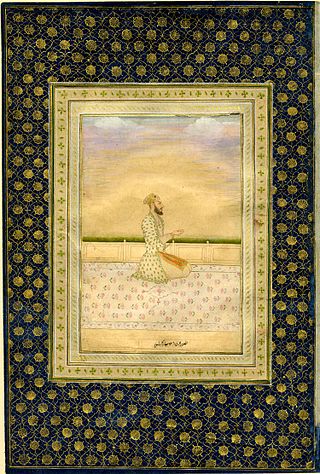
Muhammad Bidar Bakht was a Mughal prince. His father, Muhammad Azam Shah, briefly reigned as Mughal emperor in 1707. Bidar was noted for being a gallant, skilful and successful general and was regarded as the most able Mughal prince of his time. He was the favourite grandson of Emperor Aurangzeb.
Badi-uz-Zaman Safavi was a prince of the Safavid dynasty of Persia and a powerful amir at the Mughal court during Emperor Shah Jahan's reign. He is better known by the title Shahnawaz Khan or Mirza Deccan. Shahnawaz Khan was the father-in-law of Mughal emperor Aurangzeb and his younger brother Prince Murad Baksh.
Shahar Banu Begum was Empress consort of the Mughal Empire from 14 March 1707 to 8 June 1707 as the third wife of Emperor Muhammad Azam Shah. She is popularly known by the titles Padishah Bibi and Padshah Begum.
Zainabadi Mahal was a concubine of Mughal emperor Aurangzeb.
Mahaldars in the Mughal Empire were the chief officers of the imperial harem. Chosen from the ranks of the darogha administrators of the zenana, the mahaldar was responsible for maintaining order in this large community of women. Niccolao Manucci writes that "the way in which these kings are waited on deserves mention. For just as the king has his officers outside, he has the same among the fair sex within the Mahal".
Nur-un-Nissa Begum was the first wife and chief consort of Mughal emperor Bahadur Shah I.
References
- ↑ Mehta, Jl (1986). Advanced Study in the History of Medieval India. Sterling Publishers Pvt. Ltd. p. 480. ISBN 9788120710153.
- ↑ Muhammad Tariq Awan (1994). History of India and Pakistan: pt. 1. Great Mughals. Ferozsons. p. 461.
- ↑ Satish Chandra (2005). Medieval India: From Sultanat to the Mughals Part - II. Har-Anand Publications. p. 274. ISBN 9788124110669.
- 1 2 3 William Irvine (1971). Later Mughal. Atlantic Publishers & Distri. pp. 54, 58.
- 1 2 3 Bilkees I. Latif (2010). Forgotten. Penguin Books India. p. 34. ISBN 978-0-14-306454-1.
- 1 2 Annie Krieger-Krynicki (2005). Captive Princess: Zebunissa, Daughter of Emperor Aurangzeb. Oxford University Press. pp. 103, 175. ISBN 978-0-19-579837-1.
- ↑ Sarkar, J. (1912). Anecdotes of Aurangzib: Translated Into English with Notes and Historical Essays. M.C. Sarkar & Sons. p. 26.
- ↑ Eraly, Abraham (1 January 2007). The Mughal World: Life in India's Last Golden Age. Penguin Book India. p. 126. ISBN 978-0-143-10262-5.
- ↑ Sir Jadunath Sarkar (1912). Sir Jadunath Sarkar (ed.). Anecdotes of Aurangzib: Translated Into English with Notes and Historical Essays. M.C. Sarkar & Sons. p. 79.
- ↑ Zinat Kausar (1992). Muslim Women in Medieval India. Janaki Prakashan. p. 201. ISBN 9788185078748.
- ↑ C. M. Agrawal, ed. (2001). Indian Woman, Volume 1. Indian Publishers Distributors. p. 244. ISBN 9788173412127.
- ↑ Journal of Historical Research, Volume 39, Issue 1. Department of History, Ranchi University. 2001. p. 63.
- ↑ M. P. Srivastava (1978). Social Life Under the Great Mughals, 1526-1700 A.D. Chugh Publications. p. 101.
- ↑ Munis D. Faruqui (27 August 2012). The Princes of the Mughal Empire, 1504–1719. Cambridge University Press. p. 240. ISBN 978-1-139-53675-2.
- ↑ Sudha Sharma (21 March 2016). The Status of Muslim Women in Medieval India. SAGE Publications India. p. 69. ISBN 9789351505679.